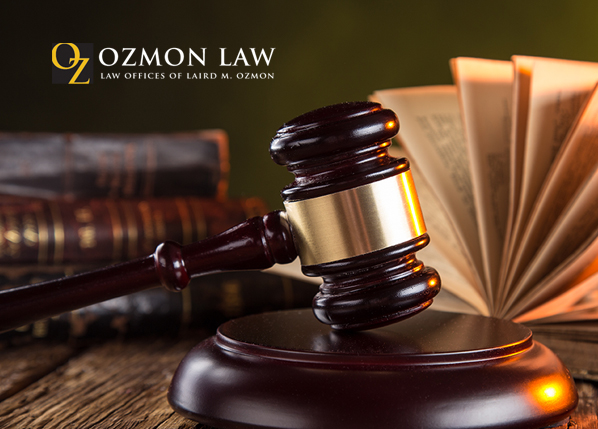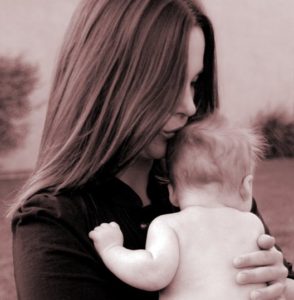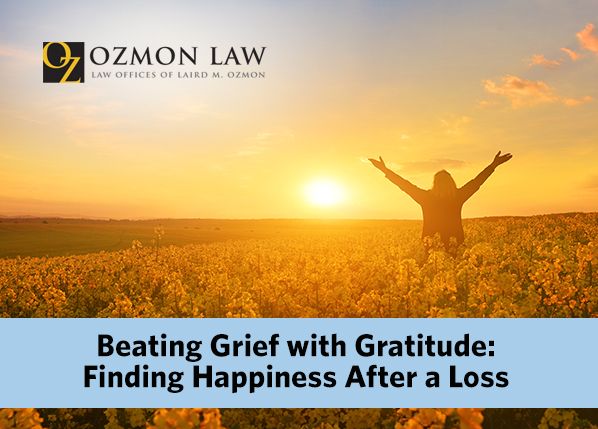KEEPING PERSONAL INJURY CLIENTS OUT OF PERIL POST-SETTLEMENT OR TRIAL

You may have heard about the recent murder of a Zion, Illinois resident in a bold attempt to steal the proceeds of the settlement of a lawsuit. Read the story at Chicago Tribune. This scenario is more common, although not often as violent, as you might think. When a person recovers money rightfully owed to him or her as a result of a personal injury settlement or award, this may be viewed by others in the community as the equivalent of winning the lottery. These clients can often face new perils – such as protecting the financial proceeds from their case.
Dedicated personal injury attorneys know our job is not done once we have secured a settlement or award on behalf of our clients. Each client is different and has varied needs and personal circumstances that we weigh into recommending how to best invest and/or protect their monies. For instance, if a client is a young adult, we might suggest putting some or all of the personal injury proceeds into an annuity or a trust that pays a fixed amount on a regular basis. This allows the recipient to have a steady income over a period of years that earns the maximum amount of interest in a secure investment. Other clients may want to set a particular age for major payouts, i.e. when they need to purchase a home. The overriding concern in either scenario being that a lump sum payment might precipitate irresponsible spending or sharing leaving no money to cover long term disability or healthcare needs. It is often important that such decisions are made before there is any payout. A structured settlement can have significant beneficial tax benefits which can be lost if not coordinated with the defendant(s) before any checks are issued.
It gets even more complicated when clients receive a large sum of money and their settlement or award is publicized. This can trigger a potentially life-changing event. Some clients have reported having to relocate or “lay low” for a lengthy period in order to avoid opportunistic members of their community, friends, relatives, con artists or even criminals. This can present an extremely delicate matter that may require careful planning by a trusted team dedicated to the client’s best interests.
Clients are best advised to maintain their privacy and protect the confidentiality of their settlement or award. Nothing should ever be posted on any social media platform advertising participation in a lawsuit especially not conveying any favorable result. Just as you wouldn’t share your personal financial status (i.e. salary, savings, investment value) personal injury proceeds, even the existence of them, should be treated as extremely private and not to be discussed in polite company.
For our part, personal injury attorneys need to make sure they ask all of the right questions to ensure clients are getting the best advice to handle the compensation they recover so they aren’t victimized a second time. Good trial lawyers always look out for their clients even when their case has been resolved!

Attorney Laird M. Ozmon



 The arrival of a baby should be a happy and joyous occasion, but sadly, birth injuries occur all too often around the country.
The arrival of a baby should be a happy and joyous occasion, but sadly, birth injuries occur all too often around the country.